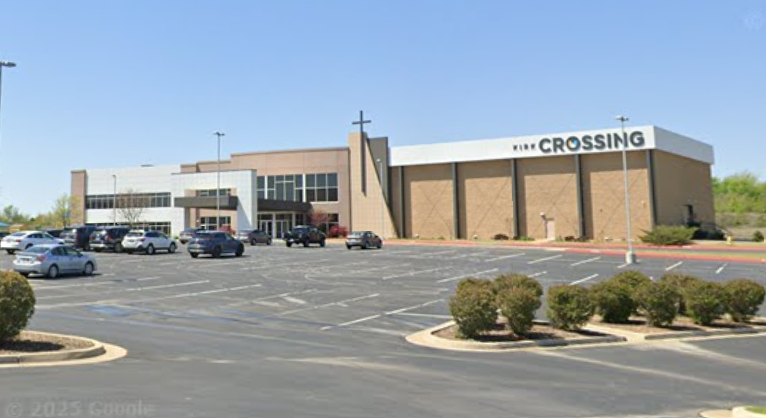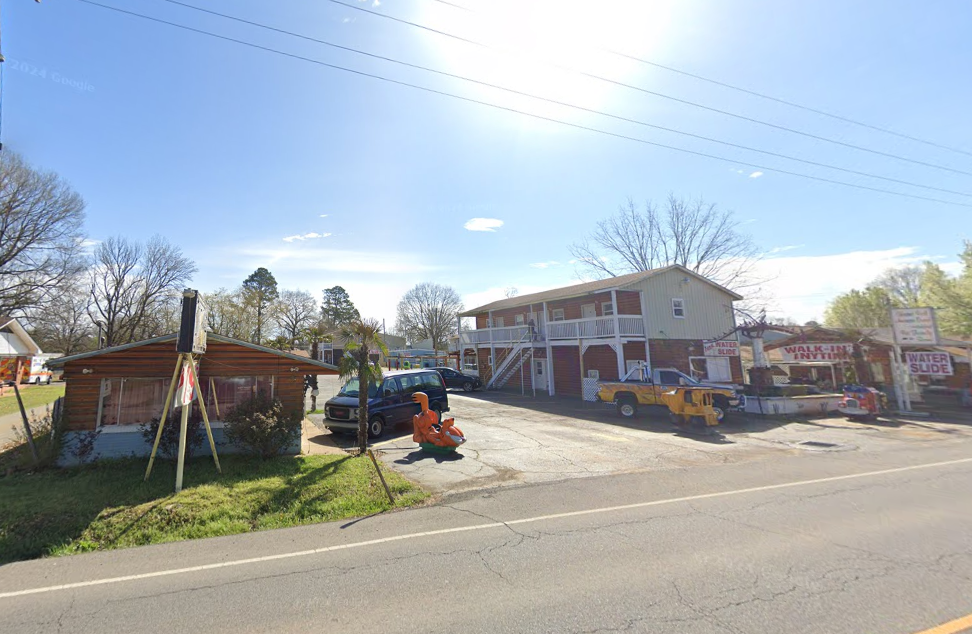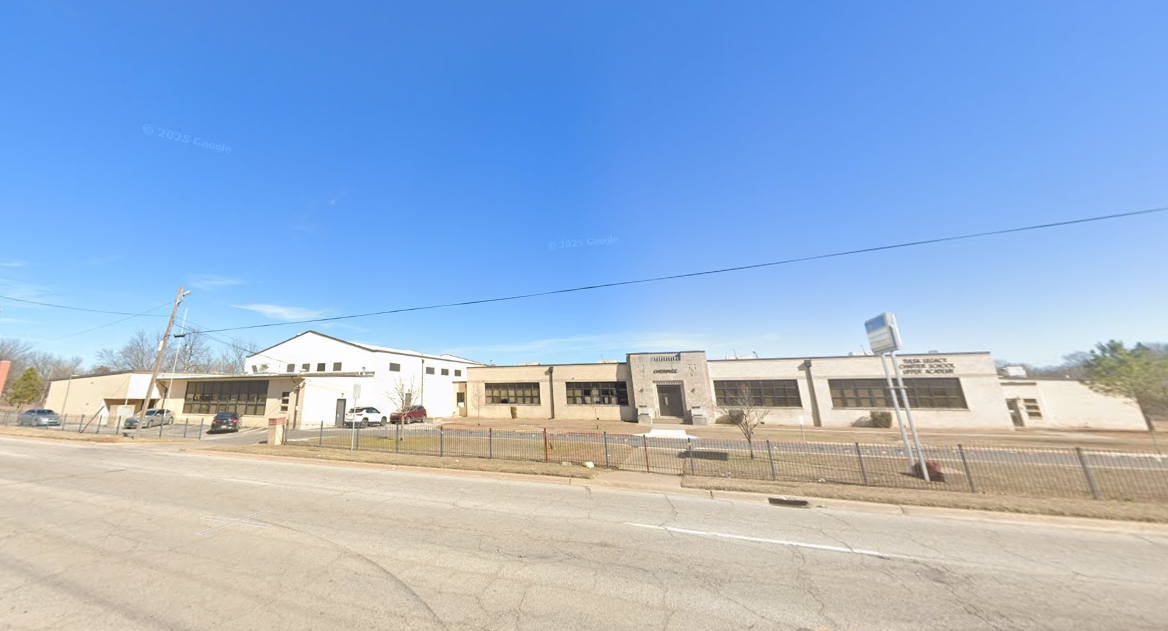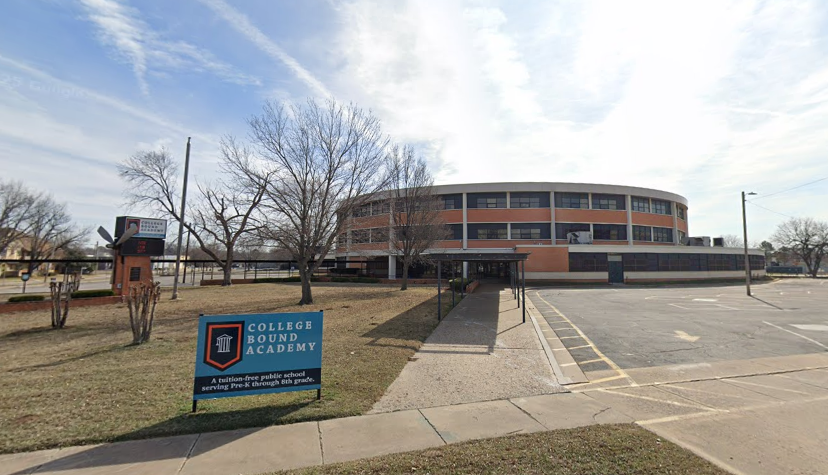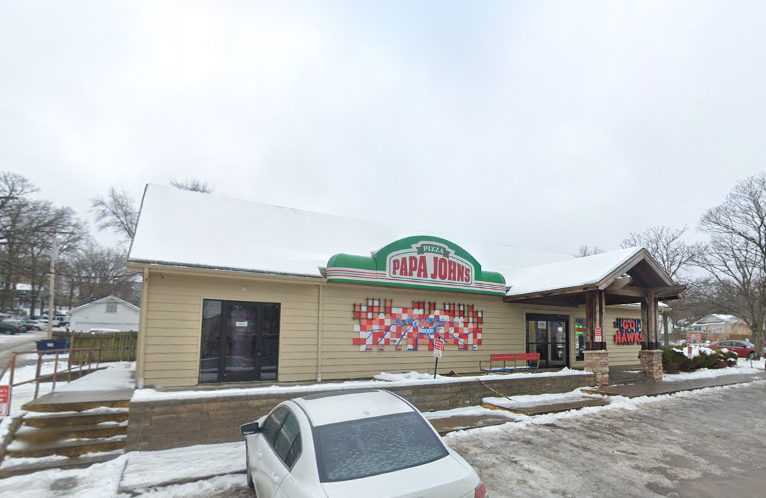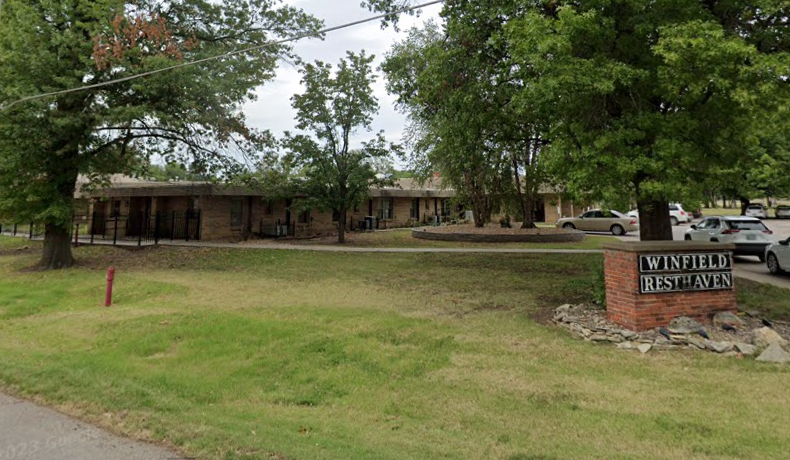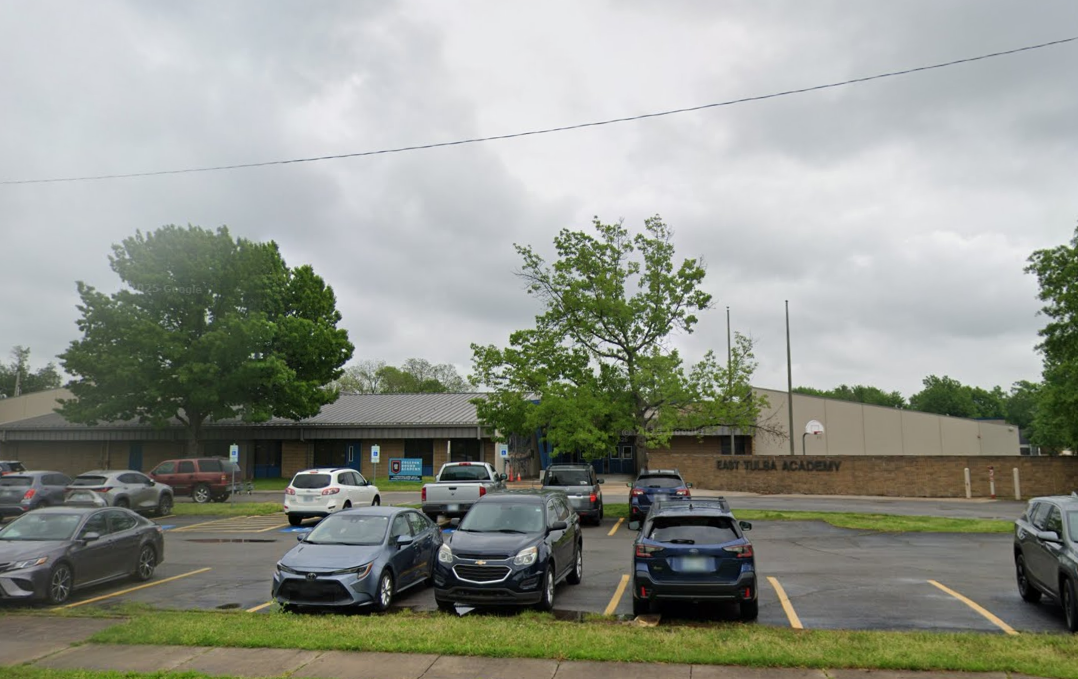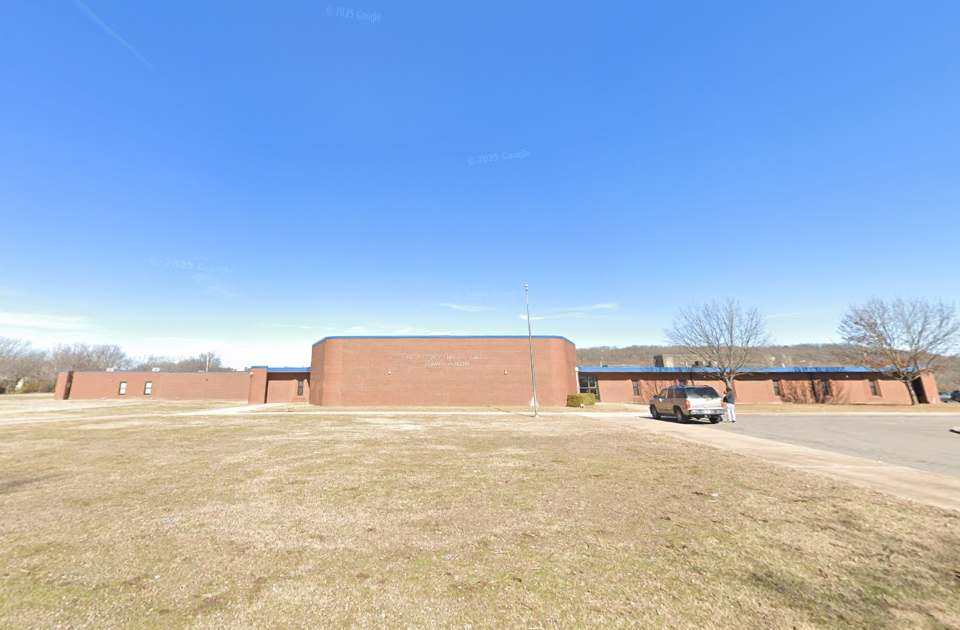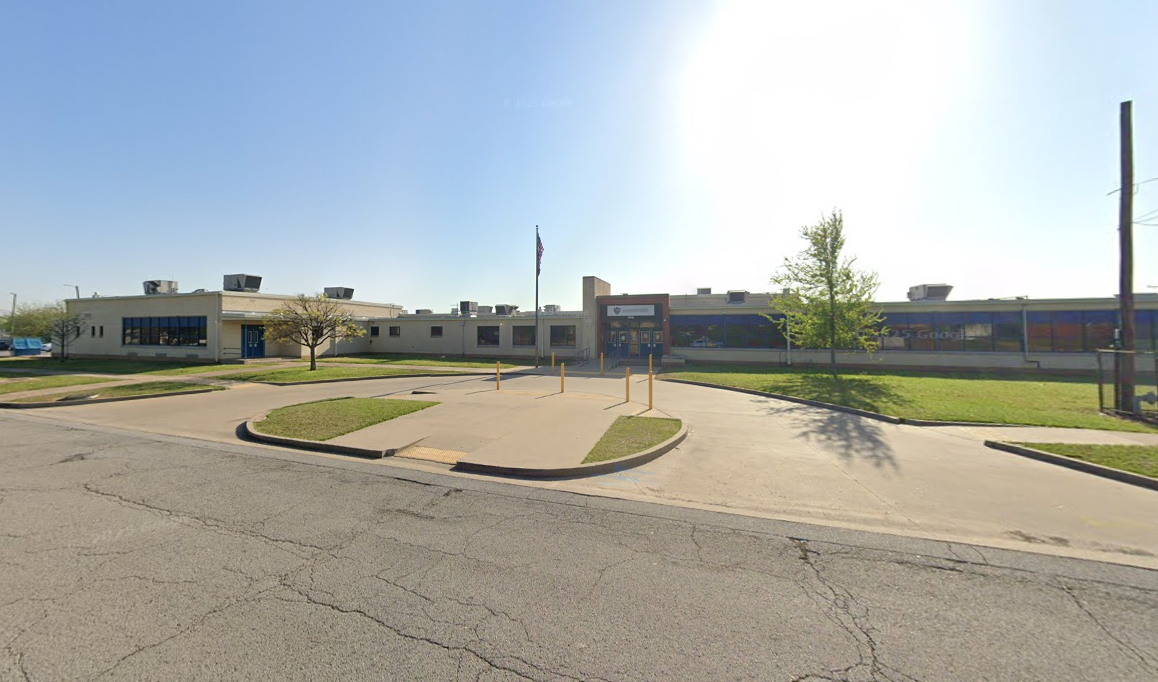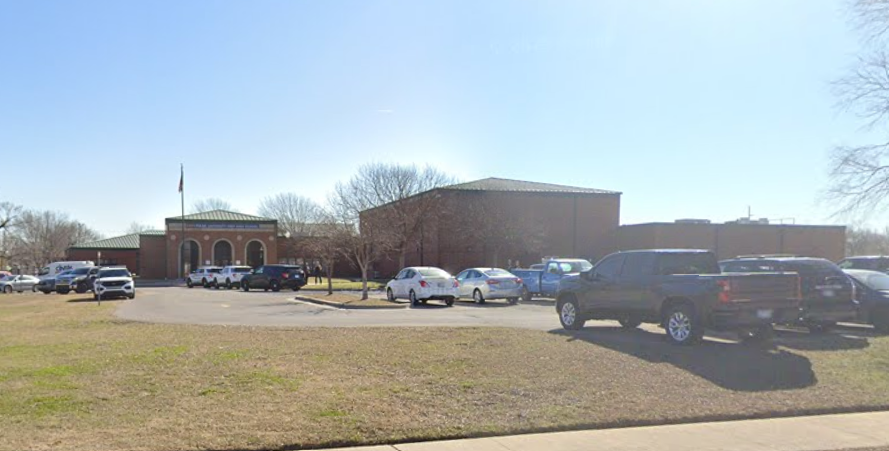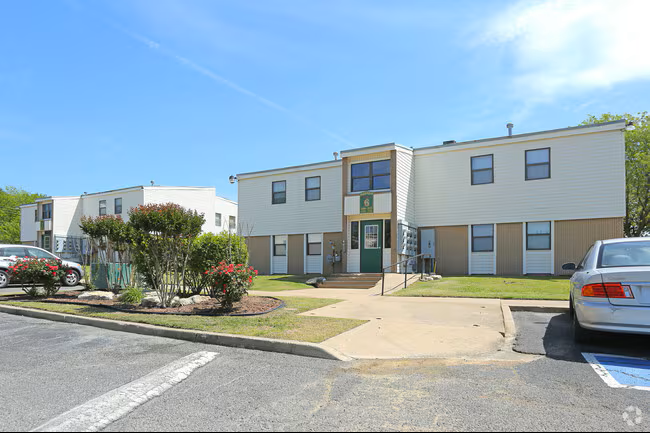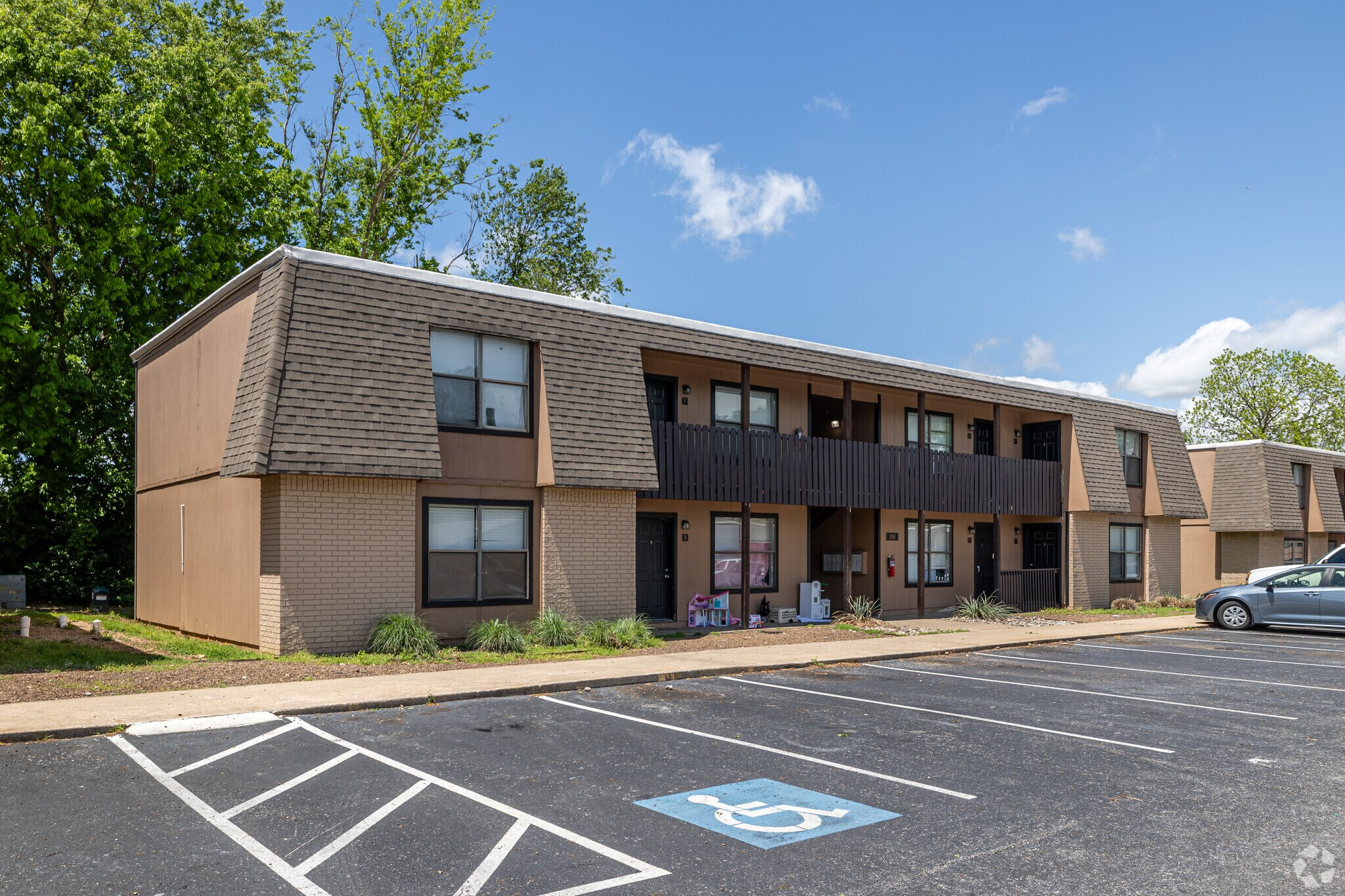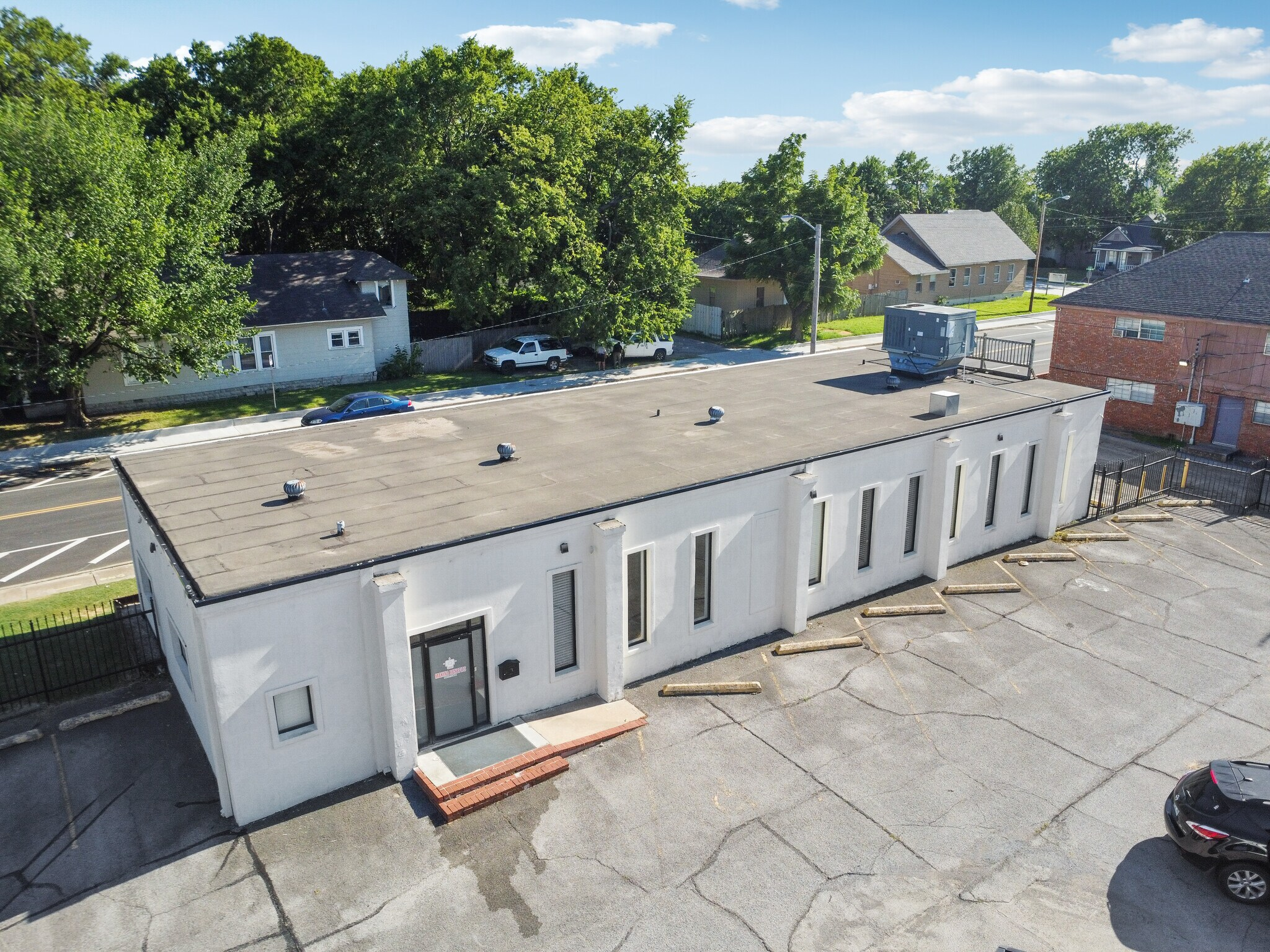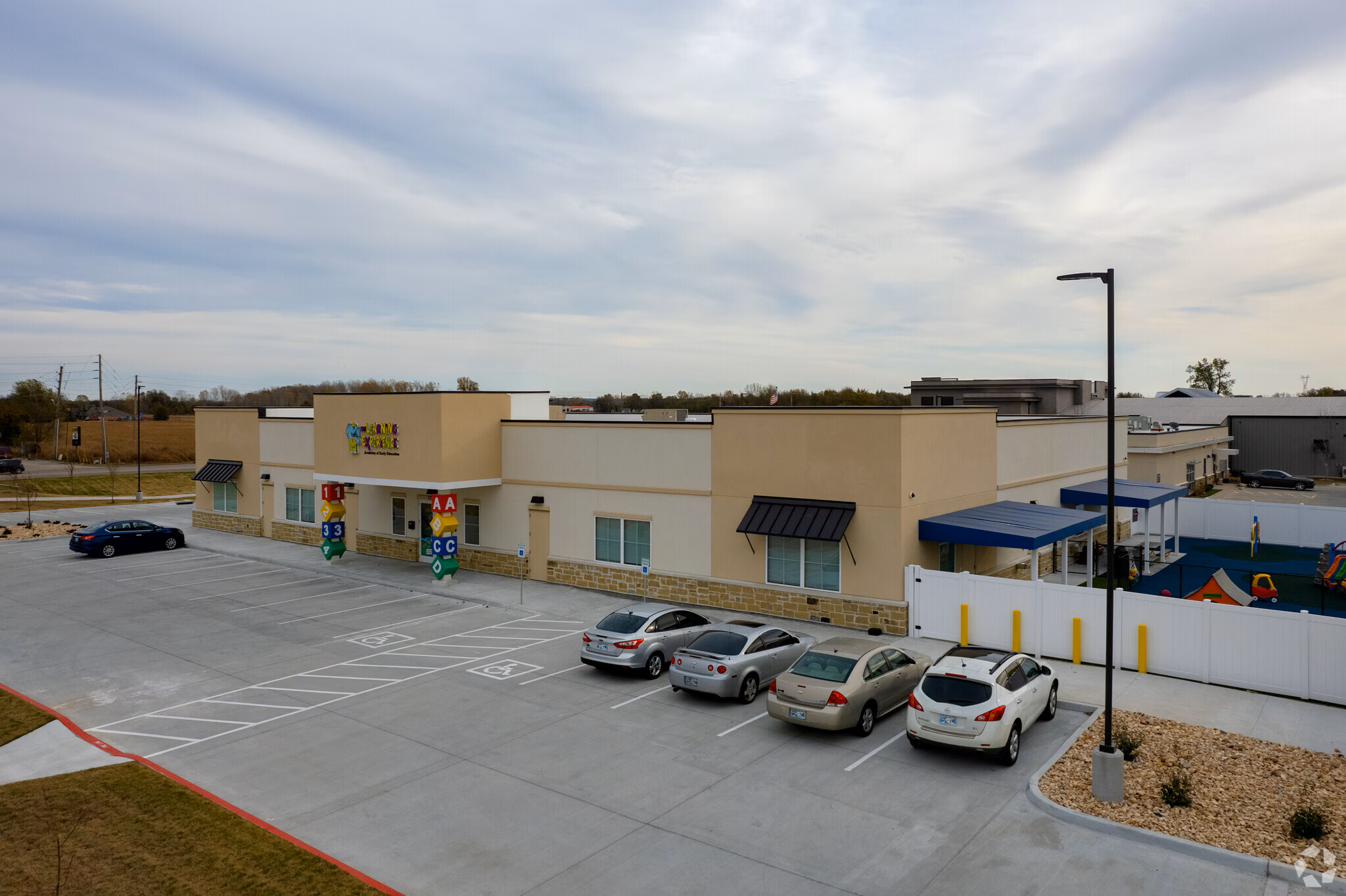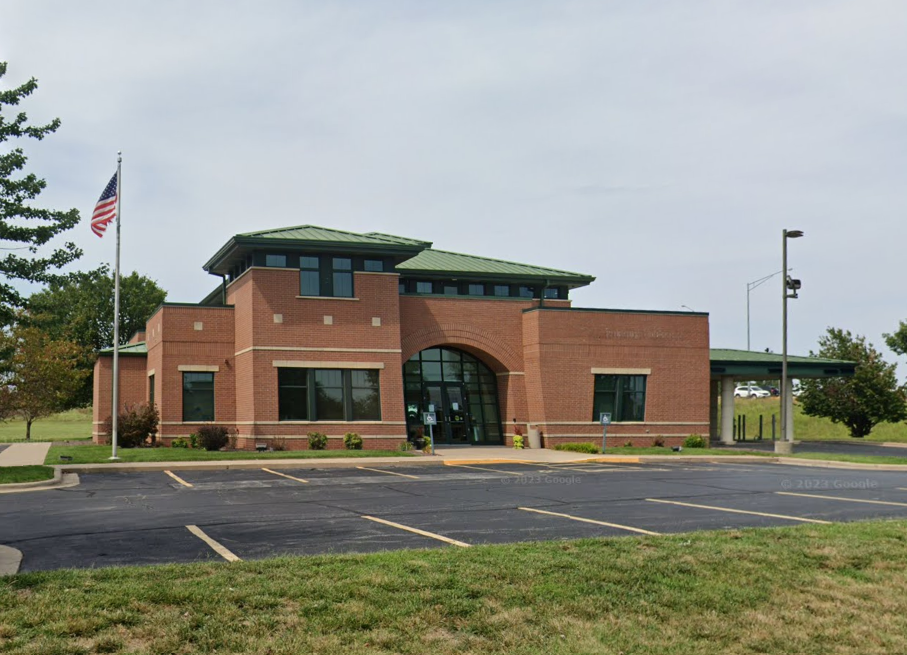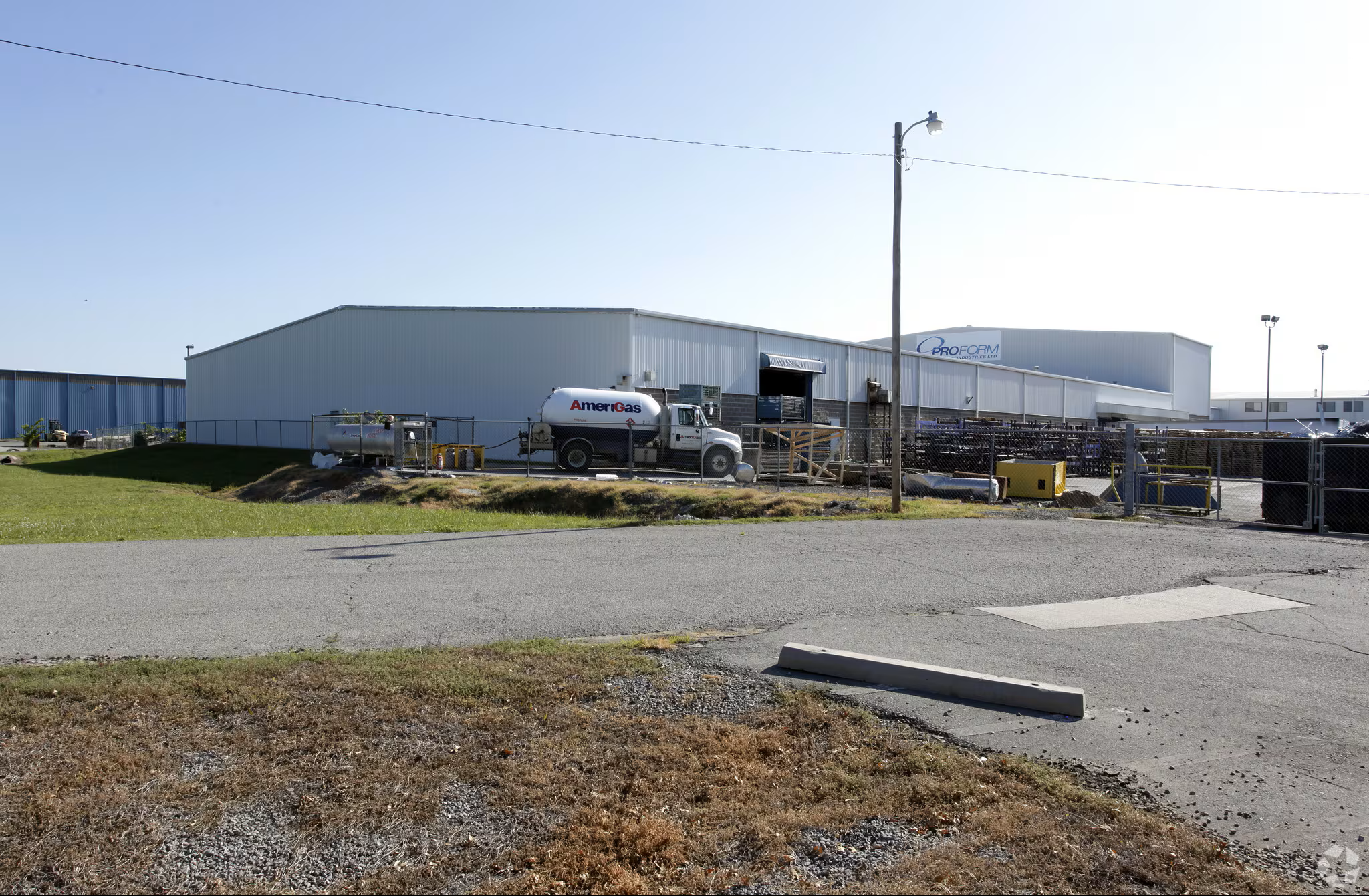The Restaurant Inspection That Protects Diners, Dollars, and Daily Operations
Keep Your Restaurant Safe, Compliant, and Ready to Serve
Since 2019, restaurants with commercial kitchens have made up 7.4% of our total commercial property inspections located in OK, AR, KS, and MO. These high-demand environments bring together food service, equipment-heavy kitchens, HVAC and plumbing complexity, public access, and strict health and fire code regulations. From fast-casual chains to one-of-a-kind local establishments, our inspections help buyers, tenants, and owners ensure their space is safe, functional, and ready for service.
The People Behind the Property
A commercial kitchen isn’t just another tenant space—it’s an ecosystem. We work with a wide range of clients whose priorities revolve around functionality, compliance, and avoiding interruptions in service.
Building Owners & Property Managers
Restaurant spaces take a beating. Owners need to understand current condition, plan for wear-and-tear, and stay ahead of repairs that could lead to health code violations or lost tenants.
Buyers & Sellers
Buyers want assurance that the existing kitchen infrastructure is serviceable, up to code, and won’t require tens of thousands in renovations. Sellers want to provide documentation to reduce liability and instill confidence in buyers.
Commercial Lease Tenants (Restaurateurs)
For tenants signing multi-year leases, the stakes are high. They want to avoid inheriting fire hazards, failing exhaust systems, or ADA liabilities. Our inspections support smarter lease negotiations and smoother occupancy transitions.
Financial Institutions
Lenders need confirmation that the restaurant building or tenant space is safe, insurable, and won’t require large unexpected capital investment after closing. Our PCA and Opinion of Cost reports support lending decisions and risk mitigation.
Insurance Providers
Carriers are concerned with fire suppression, cooking equipment, venting, and electrical capacity. Our inspections help underwriters evaluate loss potential before issuing policies.
Government & Public Agencies
Agencies that operate community centers, cafeterias, or public food service areas require documentation of life safety, accessibility, and kitchen hygiene readiness. Our inspections help these agencies serve the public safely.
The Services That Deliver Confidence
Restaurants combine high temperatures, fast-paced staff, and public access—all of which introduce complex inspection demands. Here’s how we address them:
Property Condition Assessment (PCA)
Our restaurant PCAs focus on:







HVAC and kitchen exhaust systems (hoods, fans, make-up air)
Commercial kitchen equipment condition (walk-ins, fryers, gas lines)
Plumbing and drainage (grease traps, floor drains, hot water supply)
Electrical capacity (panel amperage, GFCIs, breakers for high-load appliances)
Fire suppression (ANSUL systems, emergency shutoffs, fire extinguishers)
ADA accessibility (restrooms, entryways, seating areas)
Roofs and ventilation penetrations (exhaust fan mounting, leaks)
Dining area and public zone conditions (flooring, lighting, egress)
A Few of the Commercial Kitchens We’ve Inspected!
All data is summarized in a Property Condition Report (PCR), offering photographic documentation and professional recommendations.
Opinion of Cost Report
Many restaurants operate on thin margins—knowing the true cost of required improvements is essential. Our cost report outlines:
Fire system upgrades or re-certification
Exhaust and HVAC cleaning or repair
Roof patching or replacement
Plumbing and hot water heater service
ADA compliance retrofits
We use local vendor pricing and RSMeans estimates, applying a 20% variance to reflect the urgency and volatility of repair costs in food service environments.
ADA Accessibility Inspection
Restaurants serve the public—and must offer compliant access to all patrons. We assess:
Accessible entrances, signage, and path of travel
Restroom accessibility
Counter configuration and reach ranges
Parking compliance
We conduct these inspections in alignment with federal ADA standards and the CCPIA COMSOP to help you avoid lawsuits, fines, and negative publicity.
Common Findings in Restaurant Inspections
Restaurant spaces often experience extreme wear, constant usage, and layered modifications over time. Common issues we encounter include:
Grease Trap Blockages or Code Violations
Undersized or poorly maintained grease traps cause plumbing backflow and health violations.Exhaust Hood Deterioration or Fire Risk
Ducts caked in grease, fan vibration damage, or improper roof mounting are fire hazards and insurance red flags.DIY Electrical Fixes
Overloaded circuits, ungrounded outlets, or multi-outlet plug chains beneath fryers or griddles can be dangerous and non-compliant.Worn or Improper Flooring
Slippery tiles, damaged cove base, and non-sanitary transitions between kitchen and prep zones create slip and hygiene risks.Improper Equipment Ventilation or Clearance
Fryers, ovens, and grills too close to combustible materials, lacking splash protection or clearances as required by code.ADA Noncompliance in Dining and Restroom Areas
Missing signage, narrow doorways, and incorrect fixture placements are common in retrofitted or older restaurant spaces.
Some of Our Office Clients Include:
Here are a few great examples of the office buildings we’ve inspected:
Inspection Trends by Region
Our inspection history across the four-state region reveals these patterns in restaurant property conditions:
Tulsa & Oklahoma City
Drive-thru pads and strip mall end-caps are common. Deferred roof and exhaust system maintenance is a frequent issue.Fayetteville & Bentonville
Many retrofitted buildings house restaurants that need ADA upgrades and back-of-house HVAC balancing.Springfield & Columbia, MO
Mixed-use spaces and older buildings converted into restaurants often reveal electrical and fire suppression deficiencies.Kansas City & Wichita
Ghost kitchens and high-turnover locations often need full system evaluations—especially roof penetrations and plumbing.
Each region’s restaurant real estate comes with different challenges, and we tailor our reports accordingly.
Final Thoughts: Inspections That Support Service and Sustainability
Running a restaurant is hard enough without hidden repair bills or code violations. Our inspections give you the insights needed to make smart, cost-effective, and compliant decisions—before you lease, buy, or launch renovations.
We’ve supported dozens of restaurant owners, operators, and landlords with clear, timely, and actionable inspection reports. From roof to range hood, our goal is to help you serve with confidence and stay open for business.
Bibliography
Certified Commercial Property Inspectors Association. (n.d.). International standards of practice for inspecting commercial properties (COMSOP). https://ccpia.org/comsop/
International Code Council. (n.d.). International property maintenance code. ICC Digital Codes. https://codes.iccsafe.org/
National Fire Protection Association. (n.d.). NFPA 96: Standard for Ventilation Control and Fire Protection of Commercial Cooking Operations. https://www.nfpa.org/
RSMeans. (n.d.). RSMeans building construction costs data. https://www.rsmeans.com/
U.S. Department of Justice, Civil Rights Division. (2010). 2010 ADA standards for accessible design. https://www.ada.gov/resources/2010-ada-standards/
U.S. Food and Drug Administration. (n.d.). FDA Food Code. https://www.fda.gov/food/fda-food-code/
Questions Answered by the Article
What’s included in a restaurant property inspection?
Why are commercial kitchens higher risk and more complex to inspect?
How do building owners benefit from pre-lease inspections for restaurant tenants?
What are common issues found in exhaust systems and fire suppression setups?
How can restaurant tenants use inspection data to negotiate improvements?
What ADA features must be present in a compliant restaurant?
What do lenders look for when financing a restaurant building?
How does a Cost Report help restaurant operators plan for short-term fixes?
What are typical plumbing, flooring, and electrical problems in older kitchens?
What fire safety codes apply to commercial kitchen spaces?
What should you inspect in a rooftop HVAC or fan unit above a restaurant?
How do inspection needs vary for dine-in, fast casual, and ghost kitchens?



